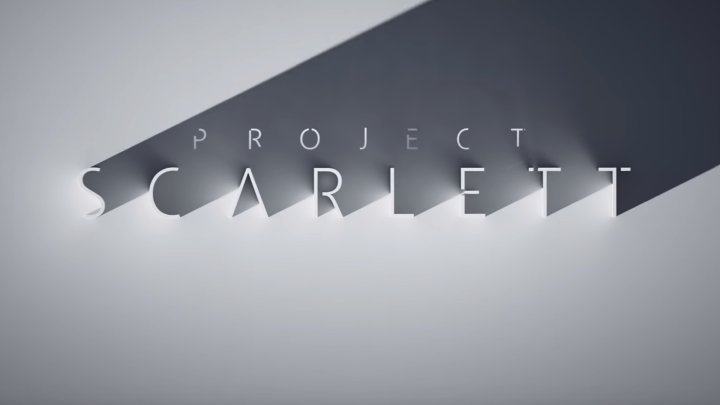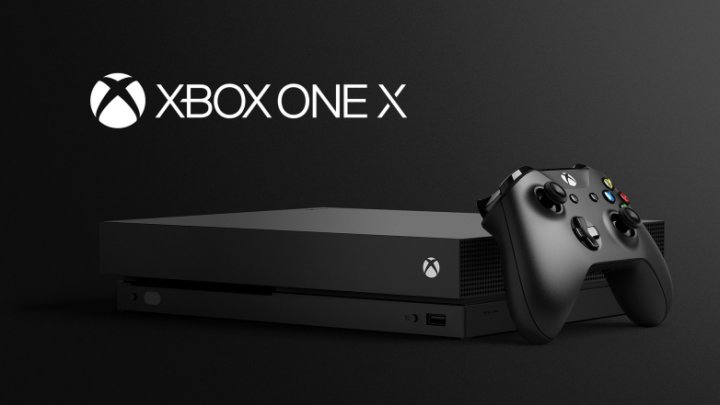author: Bart Woldanski
Xbox Scarlett May be Up to Five Times More Efficient than Xbox One X
We'll have to wait a bit, before the official information about Project Scarlett, the ninth generation console from Microsoft, will be released. However, there are some leaks concerning its specifications, and according to the latest of them, the stronger version of the upcoming hardware is supposed to be even several times more efficient than Xbox One X.

Microsoft is not yet ready to reveal the official details of the console commonly known as Xbox Scarlett, which is supposed to be powerful and comparable in power to PlayStation 5. However, this does not prevent industry journalists from reaching more and more interesting information about the device's expected specs. This time the source of revelation is Windows Central. According to the website, the more powerful console, known as Anaconda, will offer 12 teraflops of compiting powe, twice as much as Xbox One X (6 teraflops). Compared to that, Xbox One S looks rather flimsy (only 1.4 teraflops).
Nevertheless, teraflops alone do not translate directly into capabilities of next-gen consoles. Performance is influenced by many factors and proper optimization can make the Anaconda 4-5 times more efficient than Xbox One X under real conditions. At least in some ways. In order to achieve such results, an eight-core processor with a clock around 3.5 GHz and 16 GB of RAM will certainly be helpful, of which as many as 13 GB will be reserved exclusively for games (which is at least 4 GB more than on Xbox One X). The number of cores does not determine anything yet, as it is the same as in the current Xboxes (there are supposed to be twice as many threads). The performance of the chipset itself is also important, and AMD Zen 2, which will be used in Project Scarlett, will be incomparably more efficient than what can be found in the eighth generation consoles. NVMe will dramatically improve game loading times with fast SSDs that will keep it to a minimum, which was previously boasted by Sony.
According to the latest rumors and despite various reports in recent months, Microsoft intends to release a weaker version of the console (Lockhart), whose power is to oscillate within the limits of 4 teraflops, which is even less than Xbox One X. The device is also to be equipped with an eight-core processor with the same clock, but the individual cores are to achieve lower frequencies than in the more expensive model. The release of the weaker version of the console is a cause for concern, as it may affect visual experience and the scale of the games, which will have to be adjusted so that they also work on the weaker Lockhart. Although the Redmond giant also wants to focus on its xCloud streaming service and will not need the most powerful console, so it can try tempt users a cheaper alternative, still able to run latest titles, but, for example, not in 4K resolution.
Rumor has it that in the current devkits, which allegedly are rare in the case of the new Xbox console, PlayStation 5 outperforms Xbox Scarlett, the rumors of which have been around for a long time. Of course, these reports should not put Microsoft's device on a lost position, as the company hides some aces up its sleeve and is supposed to surprise Sony. Unofficial news about the specifications suggests that the console should be more or less comperabale to the competition. We won't know how things really are until Xbox Scarlett and PlayStation 5 are released, when we see how the games work on them. At this point, all judgements are pointless, because the console specifications are not yet final and both companies are constantly improving their devices.

Unlike PlayStation 5, many of the new games with the Xbox Game Studios logo, which are designed with Xbox Scarlett in mind, will also work on older hardware. However, the Redmond giant will tempt us with the capabilities of next-gen, which can bring in a significant improvement in image fluidity and graphics quality (not to mention ray-tracing support). In addition, thanks to the backward compatibility, we will also easily return to the most interesting titles from years ago.
Xbox Scarlett will debut on the market at the end of 2020, as will the competitive PlayStation 5. The exact launch dates for the ninth generation consoles are not yet known - these are likely to be announced in the first half of next year.